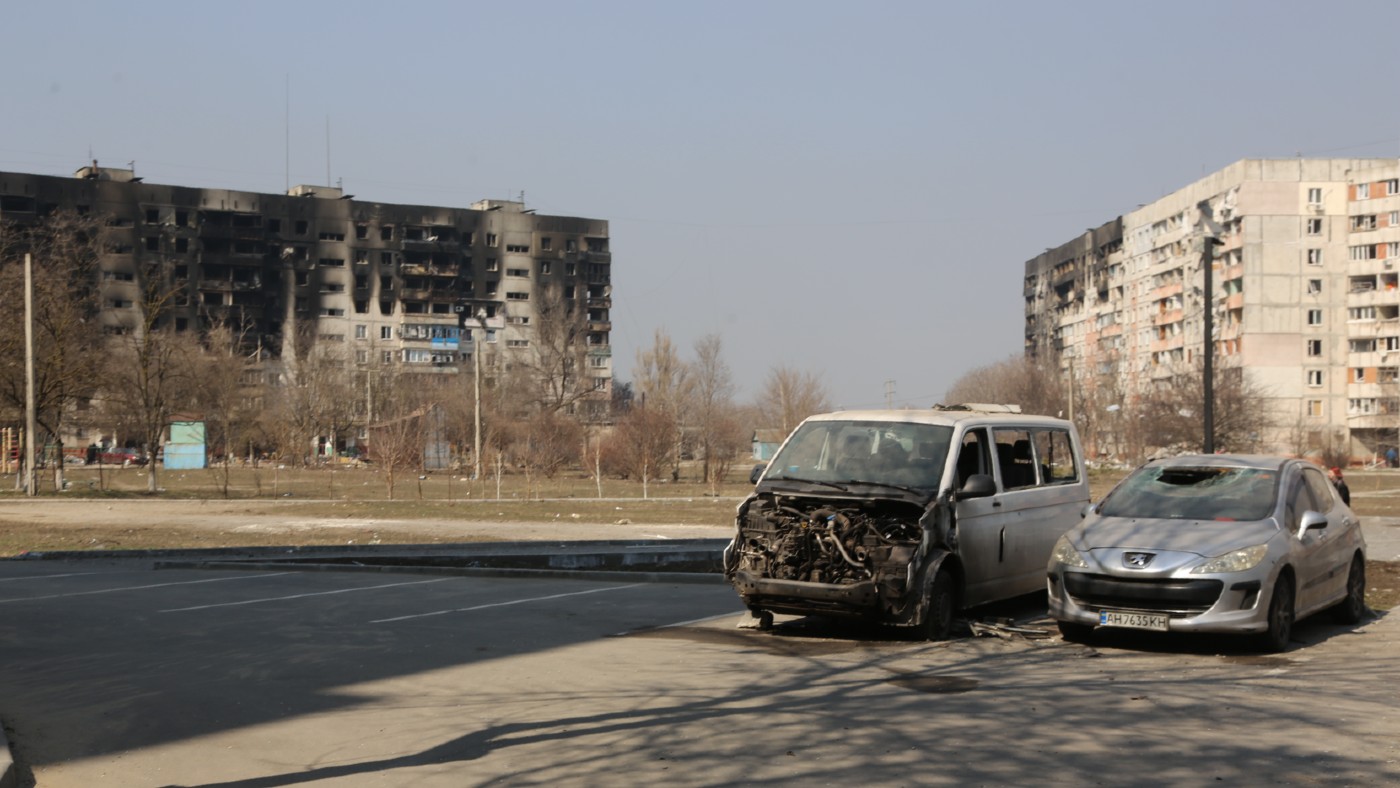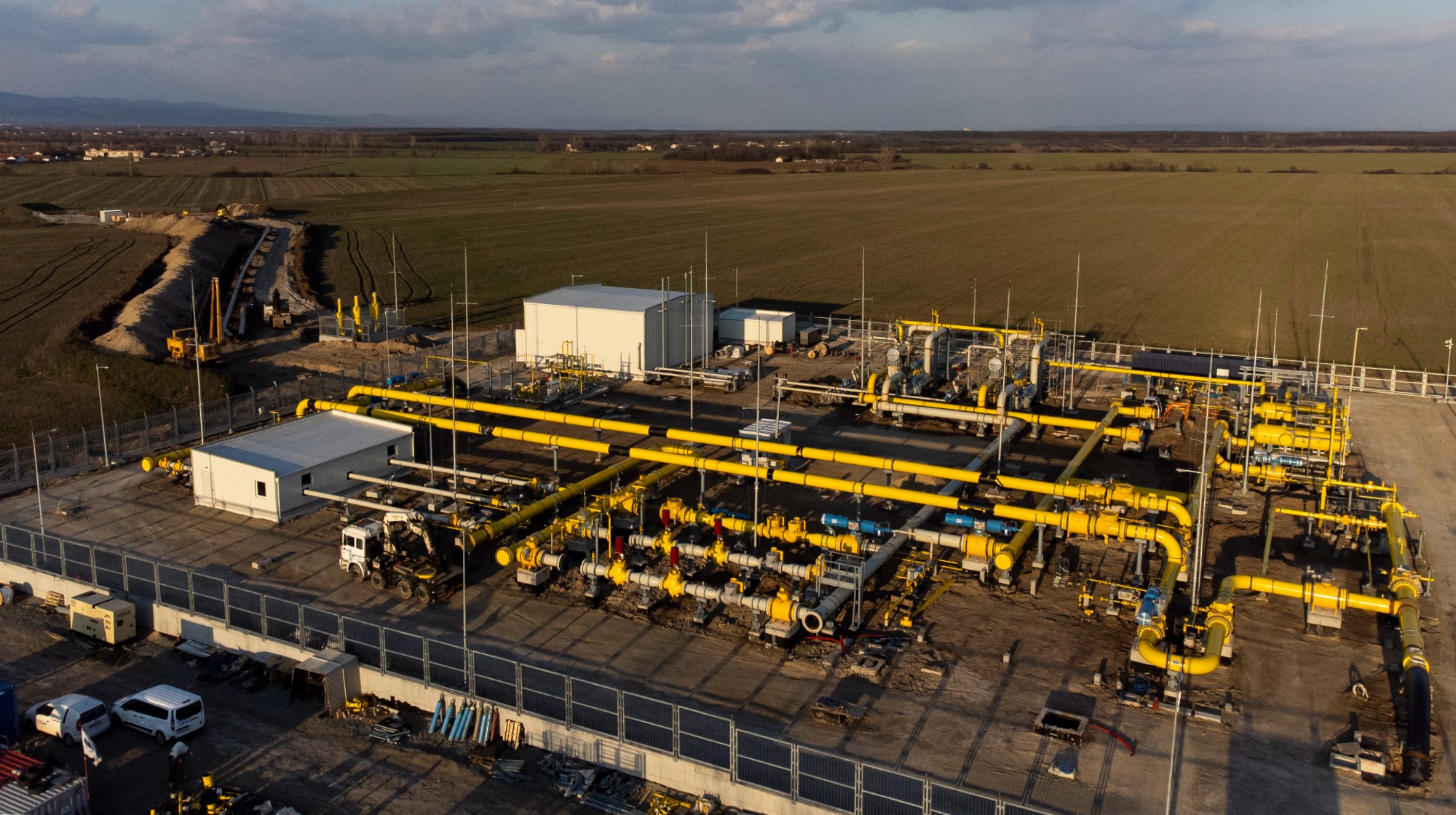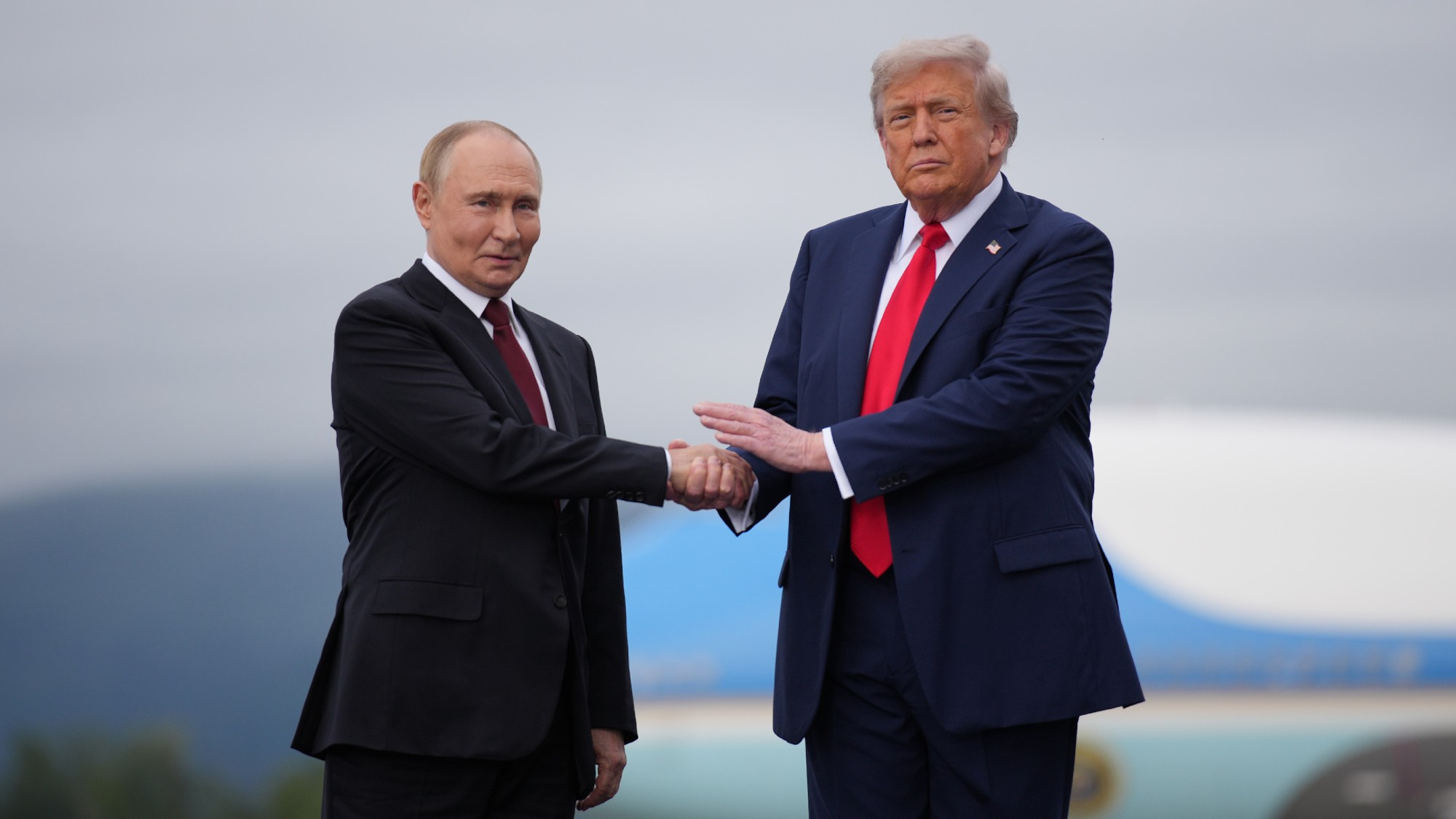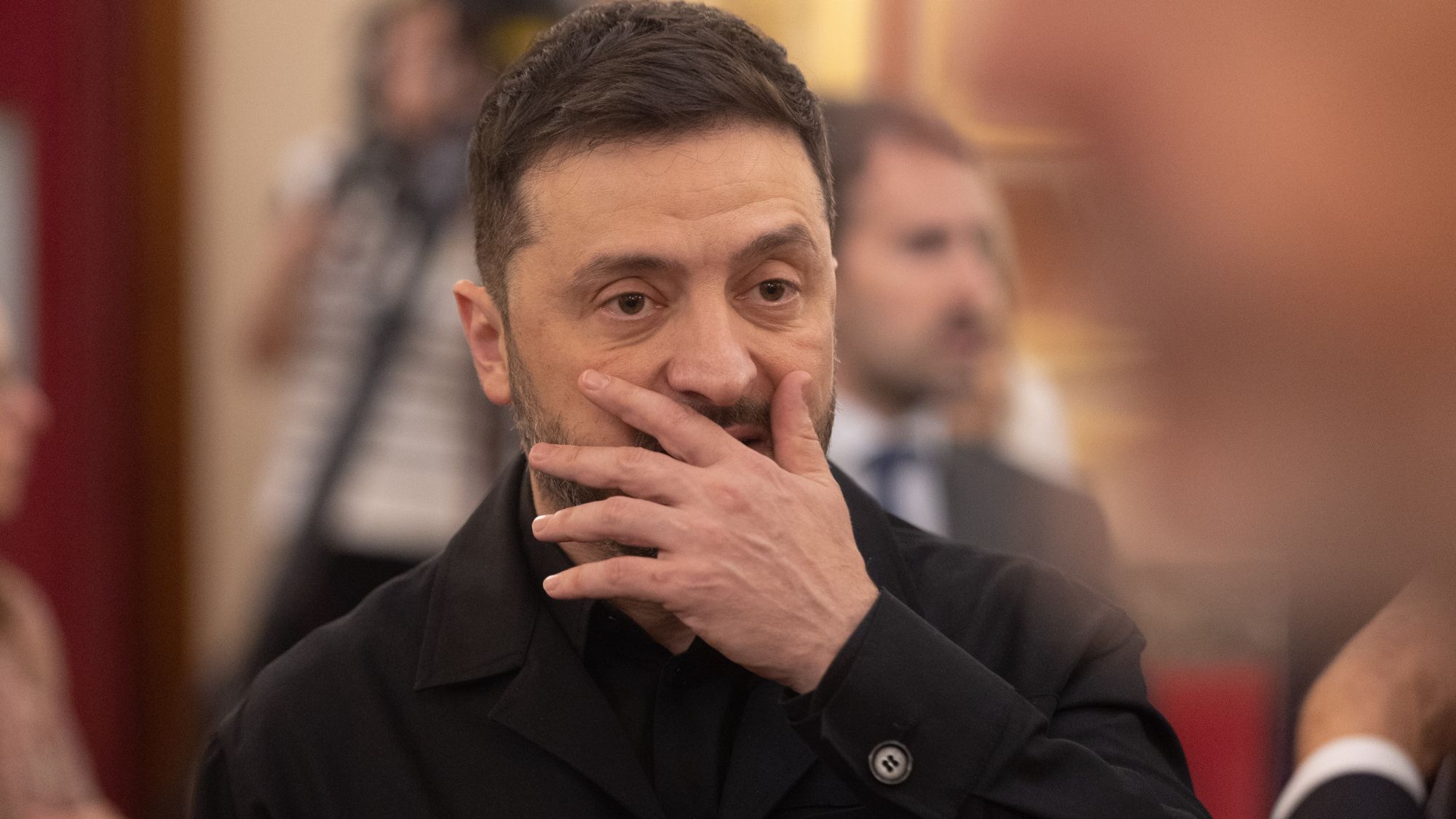Ukraine war: the atrocities unfolding out of sight
Vladimir Putin’s strategy of ‘Russification’ is straight from Stalin’s playbook

War is not an adventure, wrote Antoine de Saint-Exupéry, it is a disease. Wars do not just kill and maim people; they infect and disrupt entire ways of life. And so it is proving in Ukraine, said Nana Poku in The Daily Telegraph.
It is only a month since Vladimir Putin launched his invasion, but already there are reports that at least ten hospitals have been completely destroyed, along with so much other critical infrastructure. Supply chains have been disrupted, leading to widespread shortages of basic necessities. In the countryside, farmers are running out of feed for their livestock, fertiliser for their crops and fuel for their machinery. And in villages, towns and cities, the destruction continues, forcing millions to flee their homes and creating a level of injury and trauma that could affect the country for decades.
Mariupol now ‘a city of ghosts’
Nowhere has been as hard hit as Mariupol, said Guy Chazan in the FT. After three weeks of relentless Russian bombardment, this important port is a “charnel house, a city of ghosts”. Residents say that 80% of buildings are bombed out, uninhabitable; and online, there are images of the smoking ruins of apartment blocks, blackened trees, and cars reduced to mangled heaps. “Strategically located on the Sea of Azov, the gateway to the Black Sea, Mariupol was in Russia’s cross hairs from the start.”
The Week
Escape your echo chamber. Get the facts behind the news, plus analysis from multiple perspectives.

Sign up for The Week's Free Newsletters
From our morning news briefing to a weekly Good News Newsletter, get the best of The Week delivered directly to your inbox.
From our morning news briefing to a weekly Good News Newsletter, get the best of The Week delivered directly to your inbox.
Within days, missile strikes had cut off water, electricity and gas, leaving people cowering in basements, cooking on campfires made from broken furniture and melting snow to drink. Some became so desperate that they drained the water out of radiators. Civilians evacuated from the city last week described “post-apocalyptic scenes” in which stray dogs fed on the corpses that lay uncollected on the streets.
The authorities say that at least 2,400 civilians have died in Mariupol; the true figure may be far higher, and with many bodies hastily buried in mass graves during brief interludes between bombardments, many of the dead may never be identified.
Cut off from outside world
There’s a lot we don’t know about events in Mariupol, because the Russians didn’t just knock out water and power. They also cut the city off from the outside world by destroying its phone, radio and television towers. The immediate aim was to spread chaos and panic, the reporter Mstyslav Chernov told AP News. “Impunity was the second goal. With no information coming out of the city, no pictures of demolished buildings and dying children, the Russian forces could do whatever they wanted.”
But though most journalists left early on, Chernov and the photographer Evgeniy Maloletka had stayed behind. For three weeks, they risked their lives by leaving their shelters to document the slaughter, and to find the last places where they could get enough of a signal to upload their reports.
A free daily email with the biggest news stories of the day – and the best features from TheWeek.com
Last week, however, Ukrainian soldiers ordered them out: Russian fighters had taken control of parts of the east of the port and there were fears that the pair would be arrested and forced into making false confessions that everything they’d filmed was a lie. On 15 March they joined a humanitarian convoy out of Mariupol.
‘Overwhelming’ evidence for war crimes
Now, there is no one who can tell us of the atrocities unfolding there, said The Times, but the evidence for war crimes is already “overwhelming”. Last week, the Russians destroyed a theatre, the cellar of which was being used by hundreds of women and children as an air raid shelter – although the word “children” had been painted in Russian on the ground outside it; days later, they bombed an art school reportedly housing 400 civilians.
The Russians claim that the civilians were being used as human shields, but it is becoming apparent that Mariupol will be remembered like Guernica or Dresden – as a city “where the aim was not only to destroy infrastructure and all resistance, but to terrorise whole populations through the indiscriminate targeting of civilians”.
Putin has something else up his sleeve too, said Sean O’Grady in The Independent. There have been unverified reports that thousands of Mariupol’s residents have been taken, against their will, to Russia. Presumably, these people – women, children and the elderly – are headed for camps, whence they will be resettled in far-flung towns from which they may never return.
In the scheme of the ten million Ukrainians displaced so far, this forced exodus is relatively small in number, but it casts a bleak light on what may be Putin’s ultimate aim: “the destruction of Ukraine as a recognisable state” through large-scale transfers of populations – including the execution or imprisonment of “dissidents” – and enforced social and cultural change.
There is nothing new in this strategy of “Russification”: it is straight from Stalin’s playbook. Stalin’s merciless persecution of Ukrainians led to the “Holodomor”, or “murder famine”, of 1932-3. The West didn’t stop him then, and it seems as if it is not going to stop Putin’s Holodomor now.
-
 Bulgaria is the latest government to fall amid mass protests
Bulgaria is the latest government to fall amid mass protestsThe Explainer The country’s prime minister resigned as part of the fallout
-
 Europe sets 2027 deadline to wean itself from Russian gas
Europe sets 2027 deadline to wean itself from Russian gasIN THE SPOTLIGHT As negotiators attempt to end Russia’s yearslong Ukraine invasion, lawmakers across the EU agree to uncouple gas consumption from Moscow’s petrochemical infrastructure
-
 Pakistan: Trump’s ‘favourite field marshal’ takes charge
Pakistan: Trump’s ‘favourite field marshal’ takes chargeIn the Spotlight Asim Munir’s control over all three branches of Pakistan’s military gives him ‘sweeping powers’ – and almost unlimited freedom to use them
-
 Is Europe finally taking the war to Russia?
Is Europe finally taking the war to Russia?Today's Big Question As Moscow’s drone buzzes and cyberattacks increase, European leaders are taking a more openly aggressive stance
-
 Pushing for peace: is Trump appeasing Moscow?
Pushing for peace: is Trump appeasing Moscow?In Depth European leaders succeeded in bringing themselves in from the cold and softening Moscow’s terms, but Kyiv still faces an unenviable choice
-
 Femicide: Italy’s newest crime
Femicide: Italy’s newest crimeThe Explainer Landmark law to criminalise murder of a woman as an ‘act of hatred’ or ‘subjugation’ but critics say Italy is still deeply patriarchal
-
 Brazil’s Bolsonaro behind bars after appeals run out
Brazil’s Bolsonaro behind bars after appeals run outSpeed Read He will serve 27 years in prison
-
 The $100mn scandal undermining Volodymyr Zelenskyy
The $100mn scandal undermining Volodymyr ZelenskyyIn the Spotlight As Russia continues to vent its military aggression on Ukraine, ‘corruption scandals are weakening the domestic front’

